This field is required.
This field is required.
This field is required.
This field is required.

*The email address is required!
*The current email has been raffled!
*The mailbox format is incorrect!
Your cart is empty
Continue shopping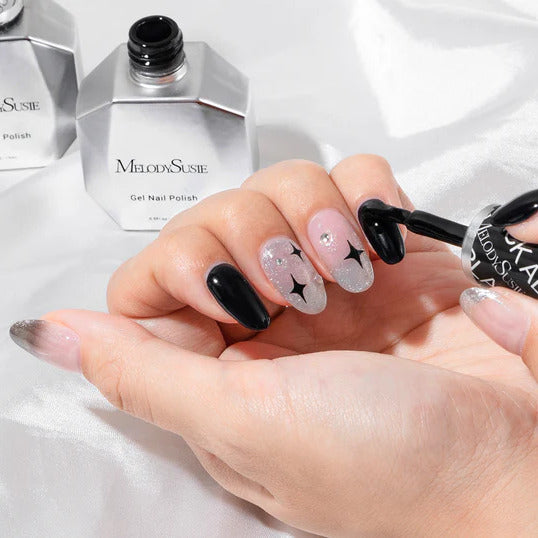

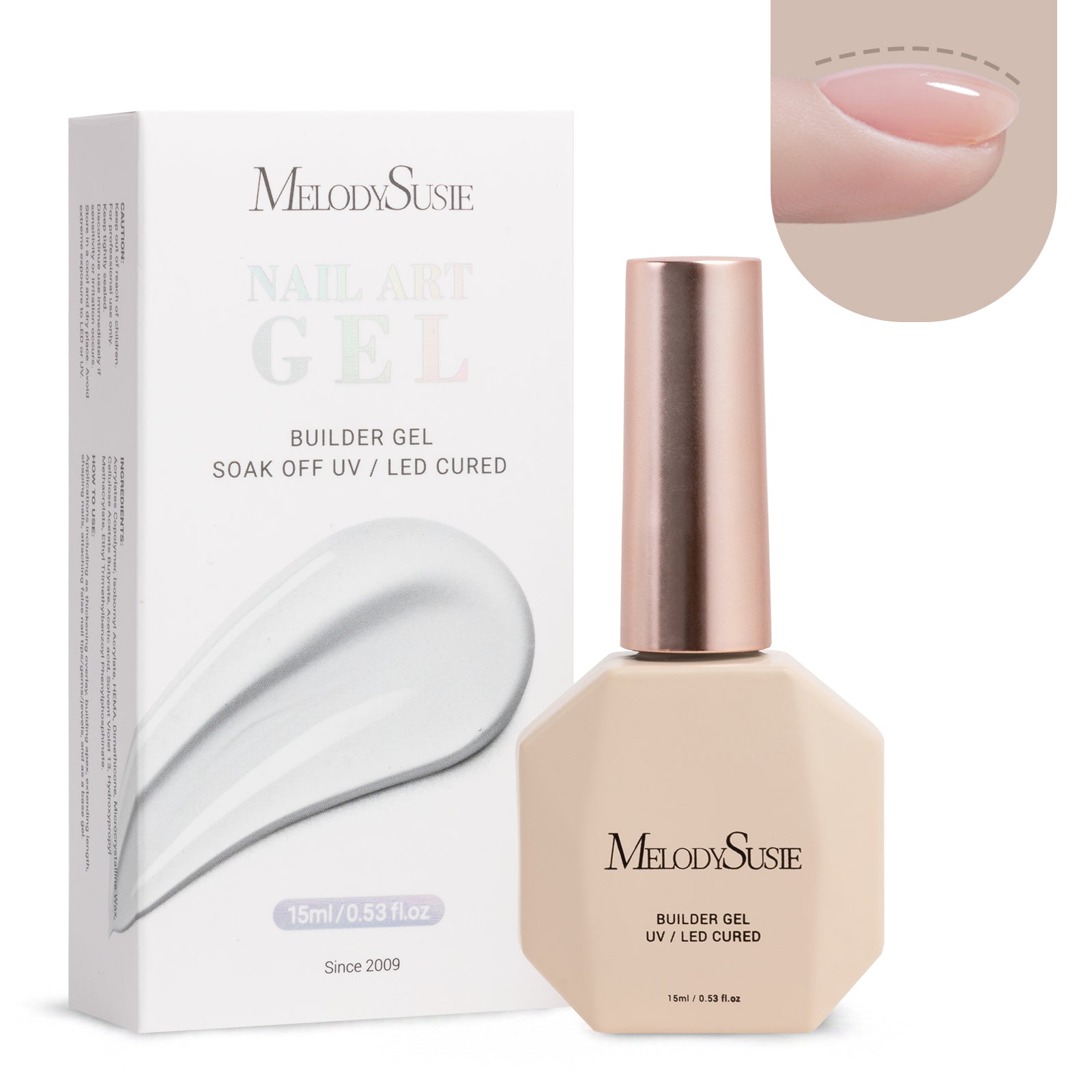

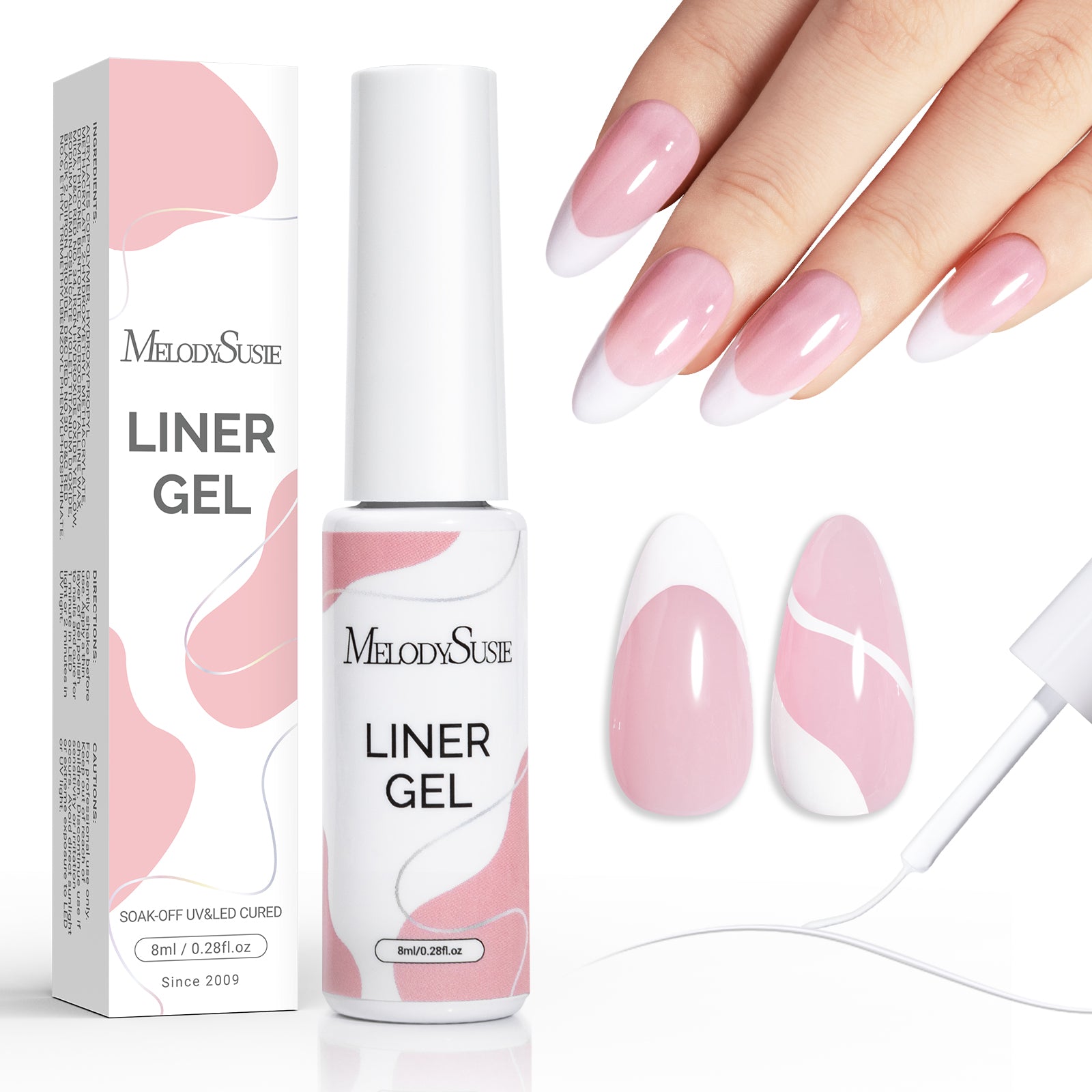

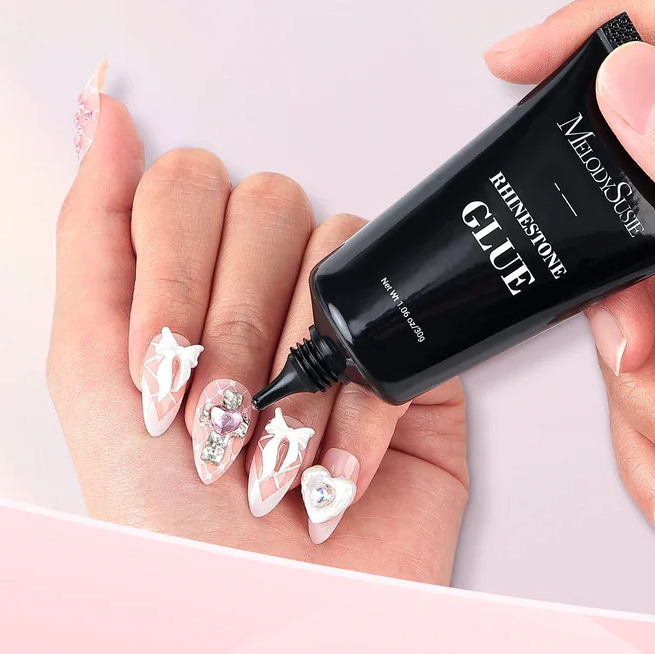
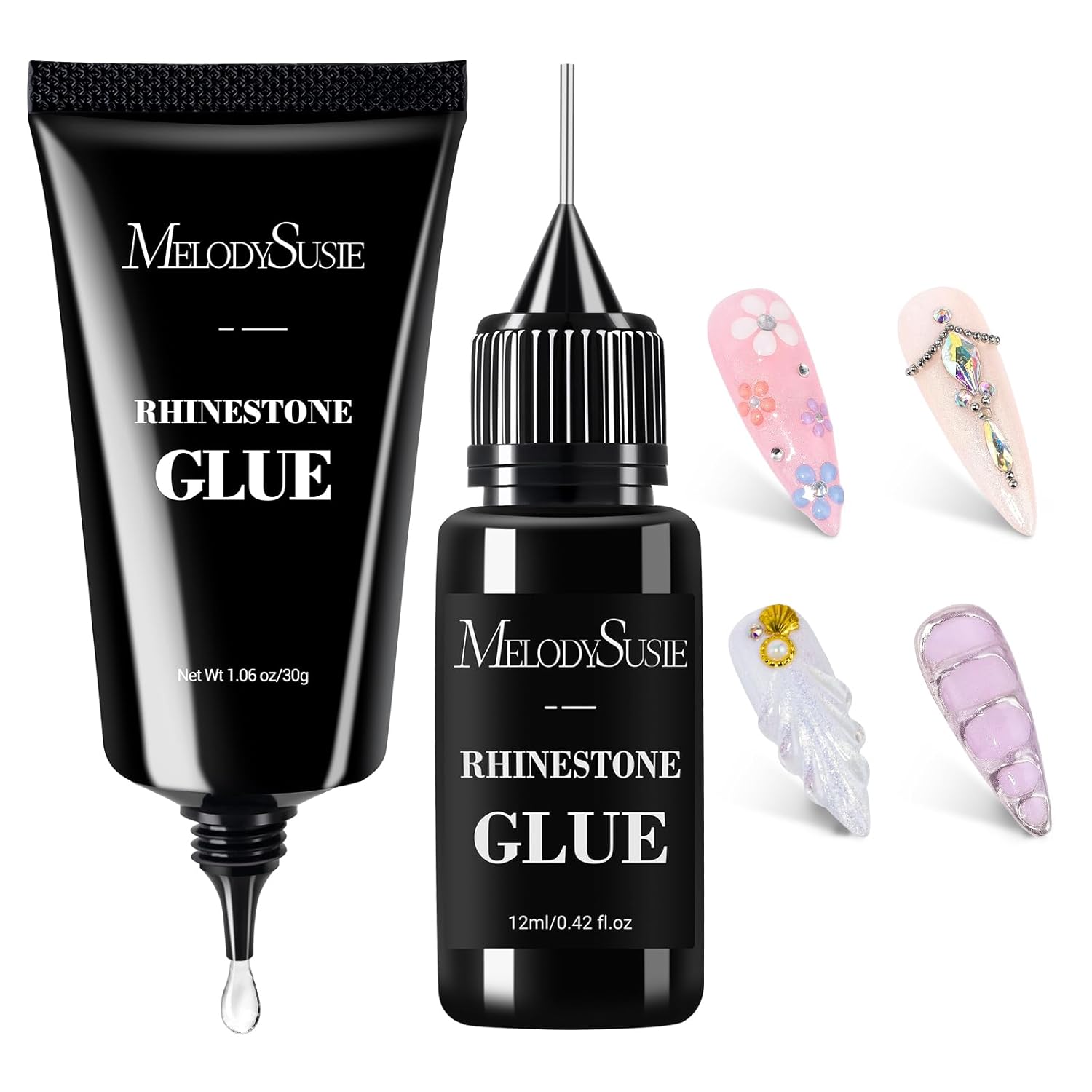

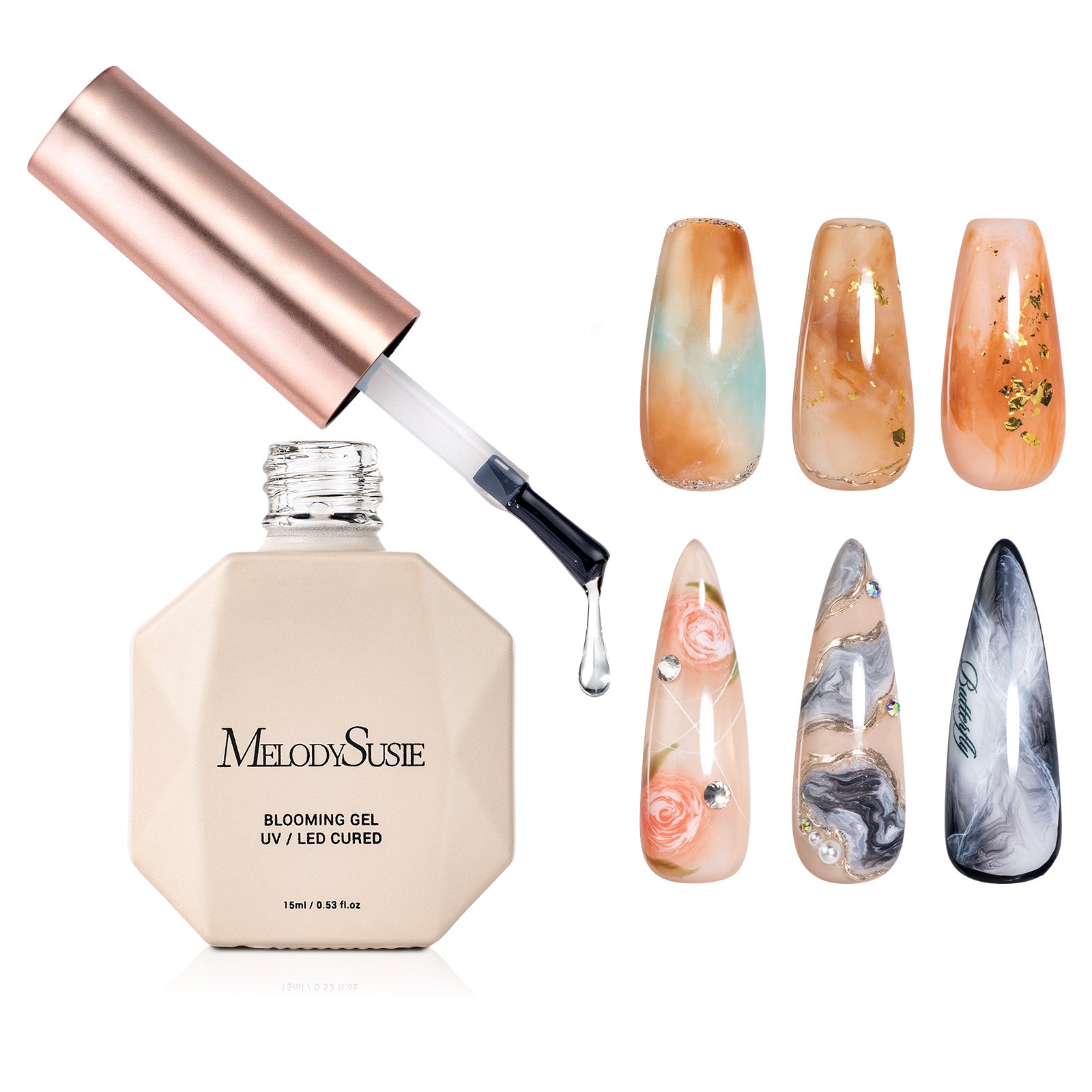

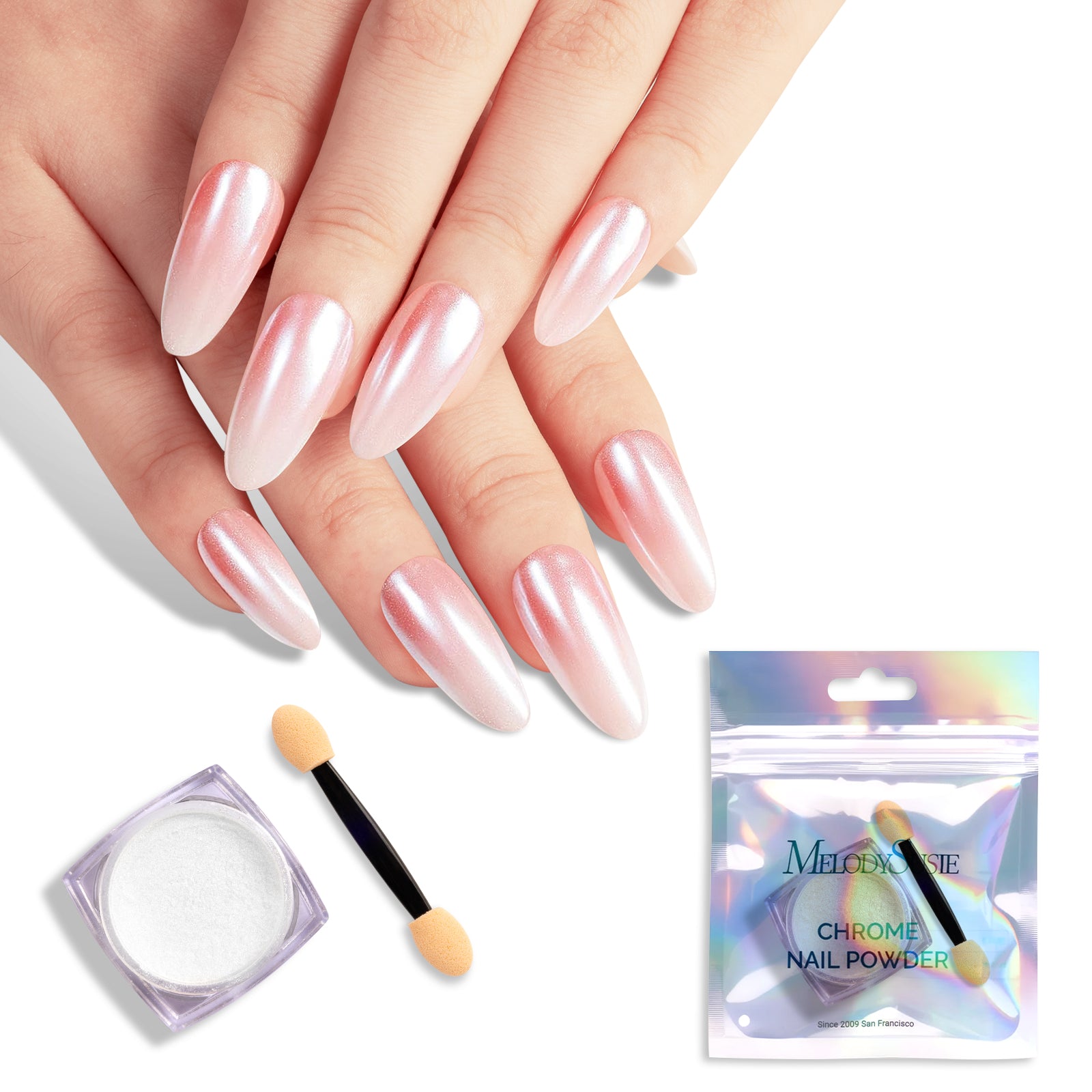
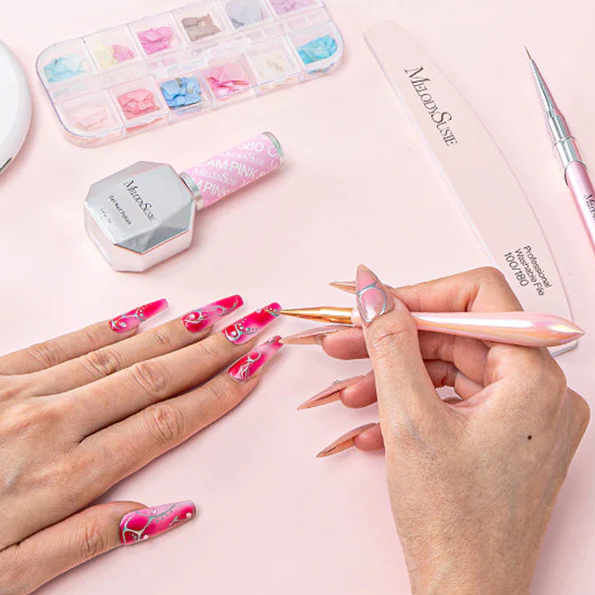

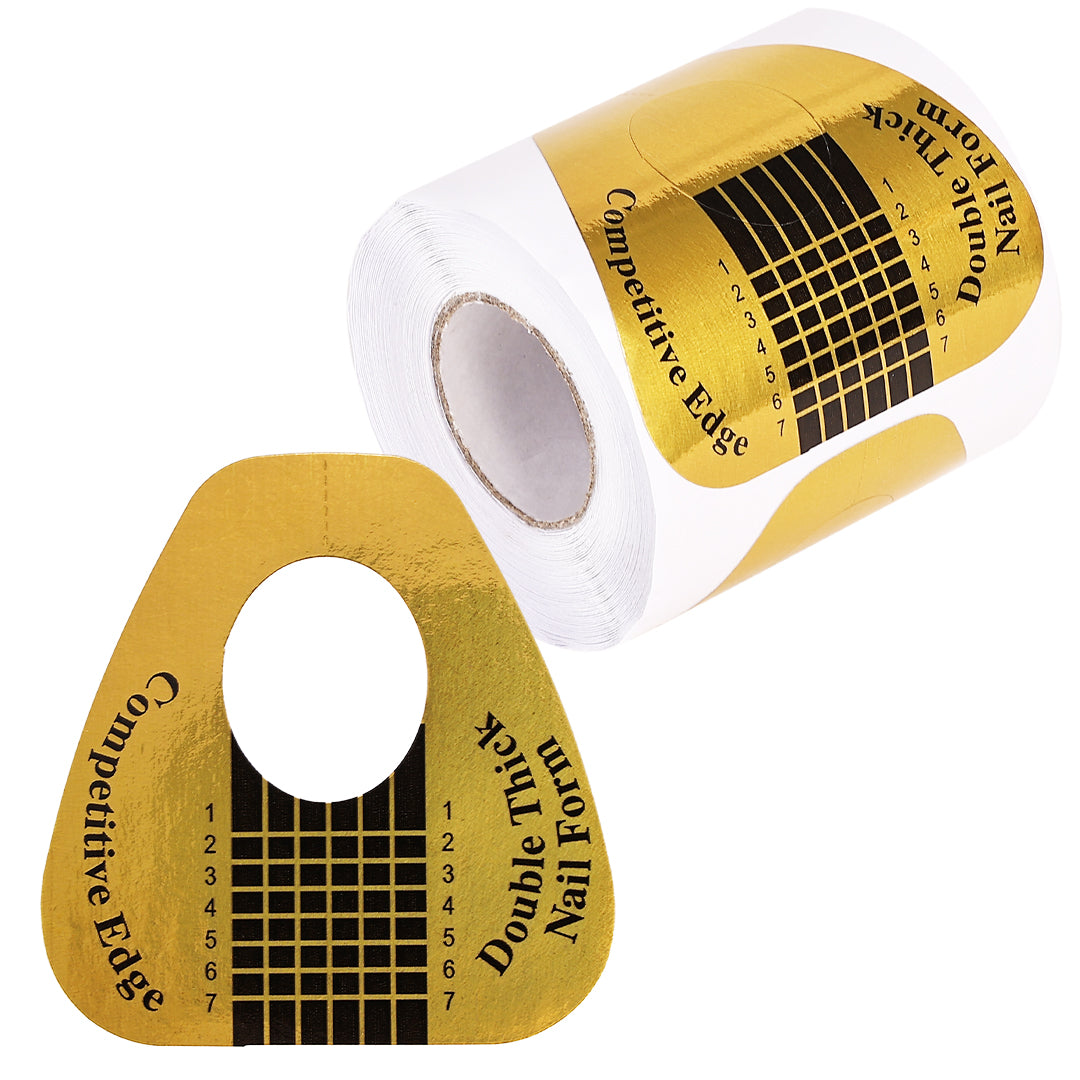


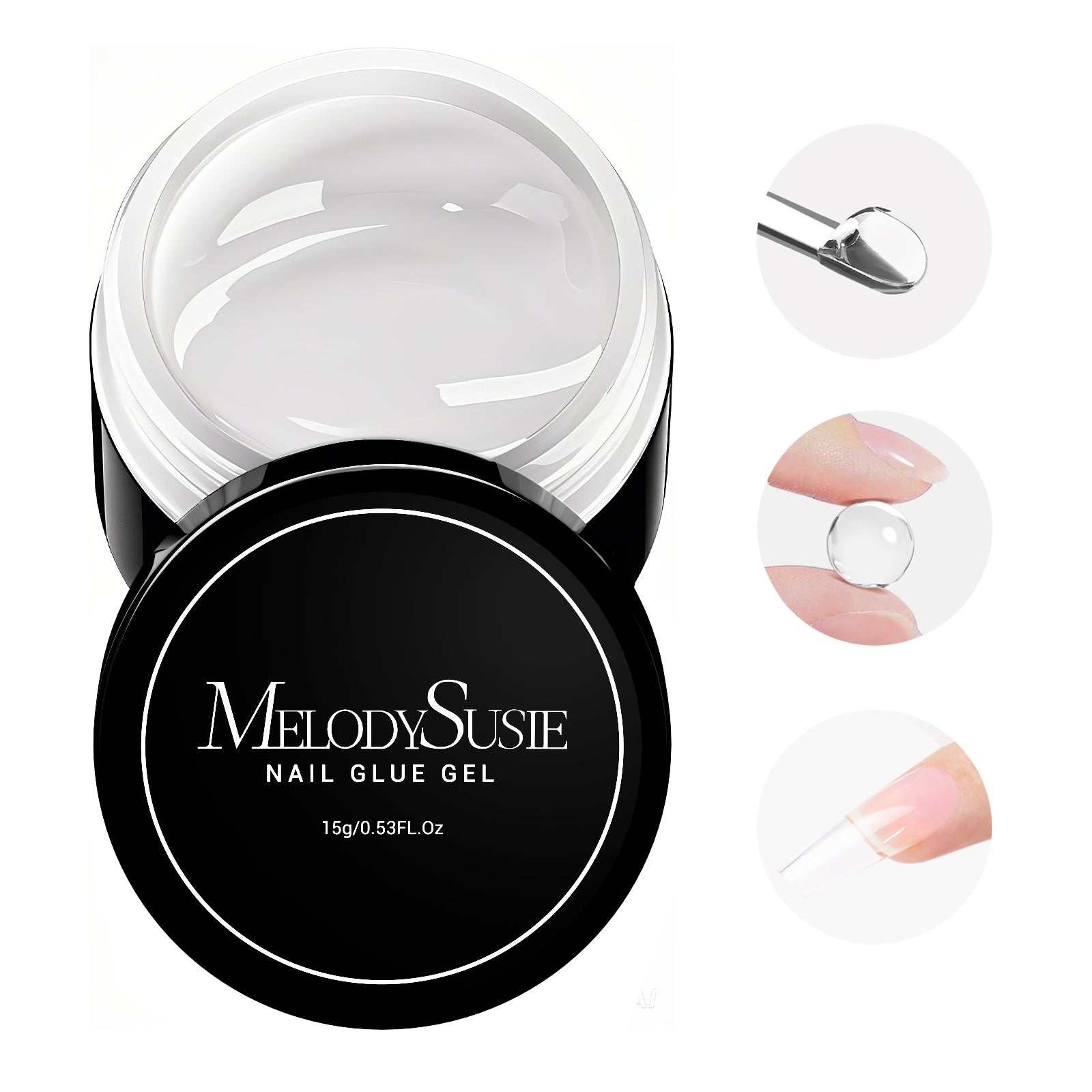

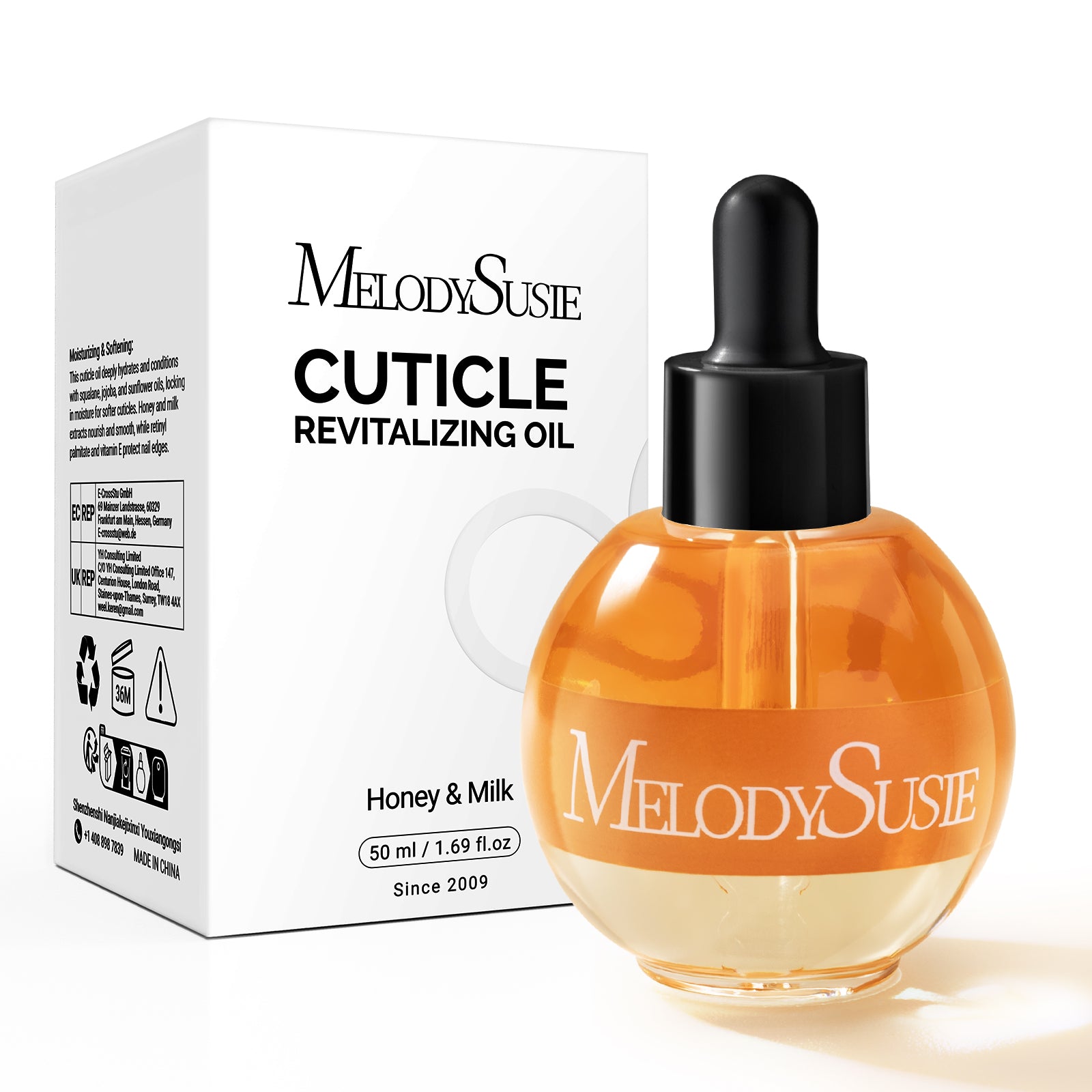
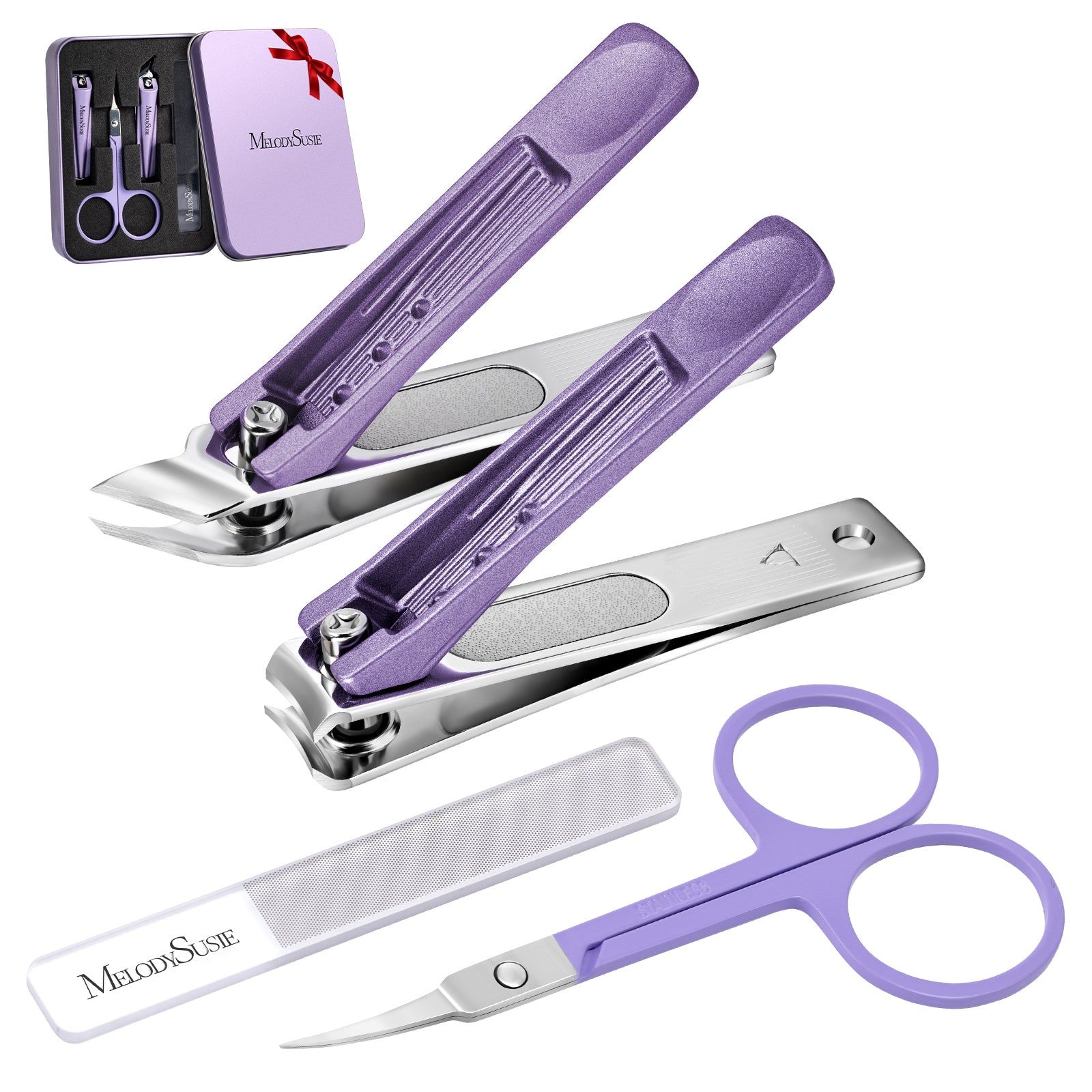
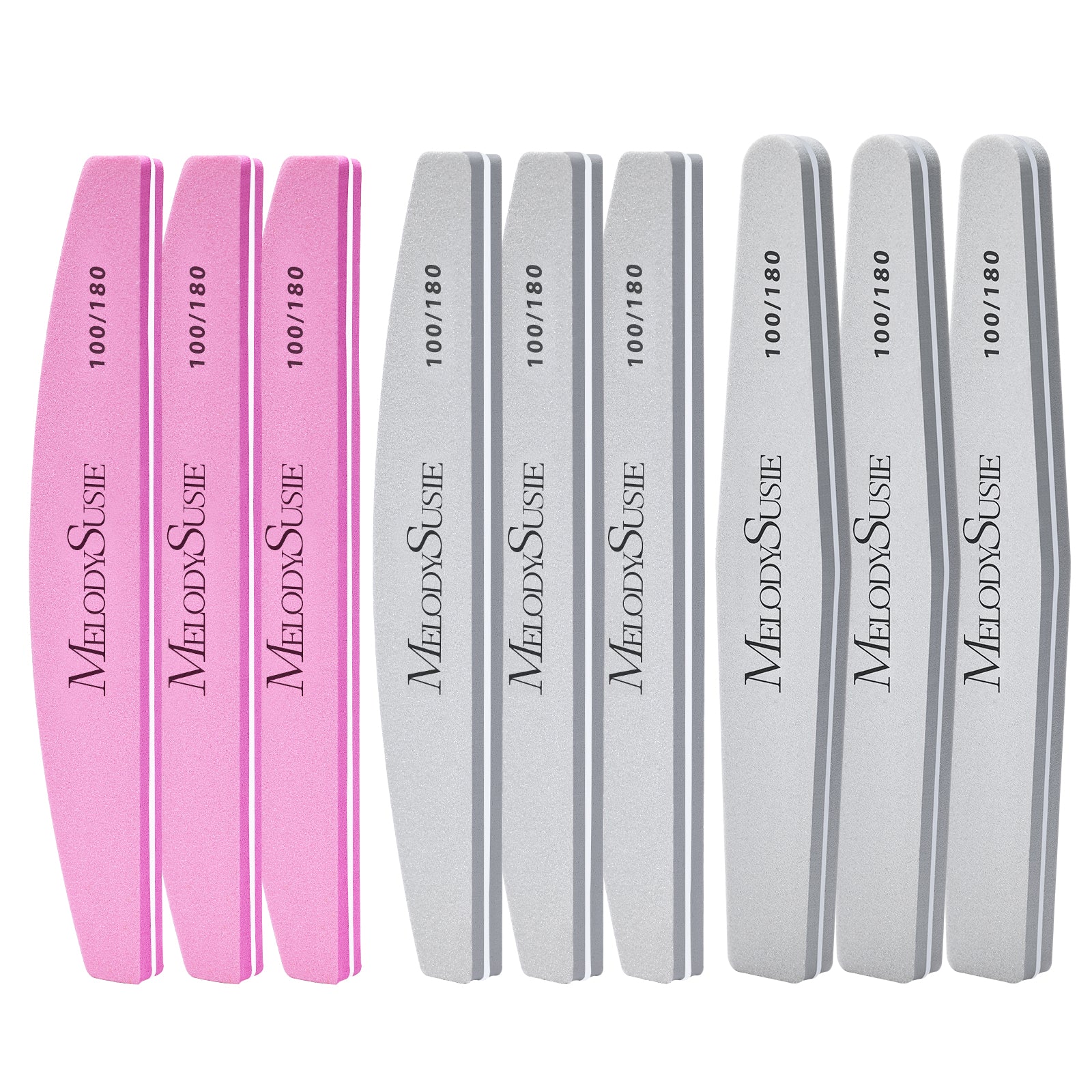
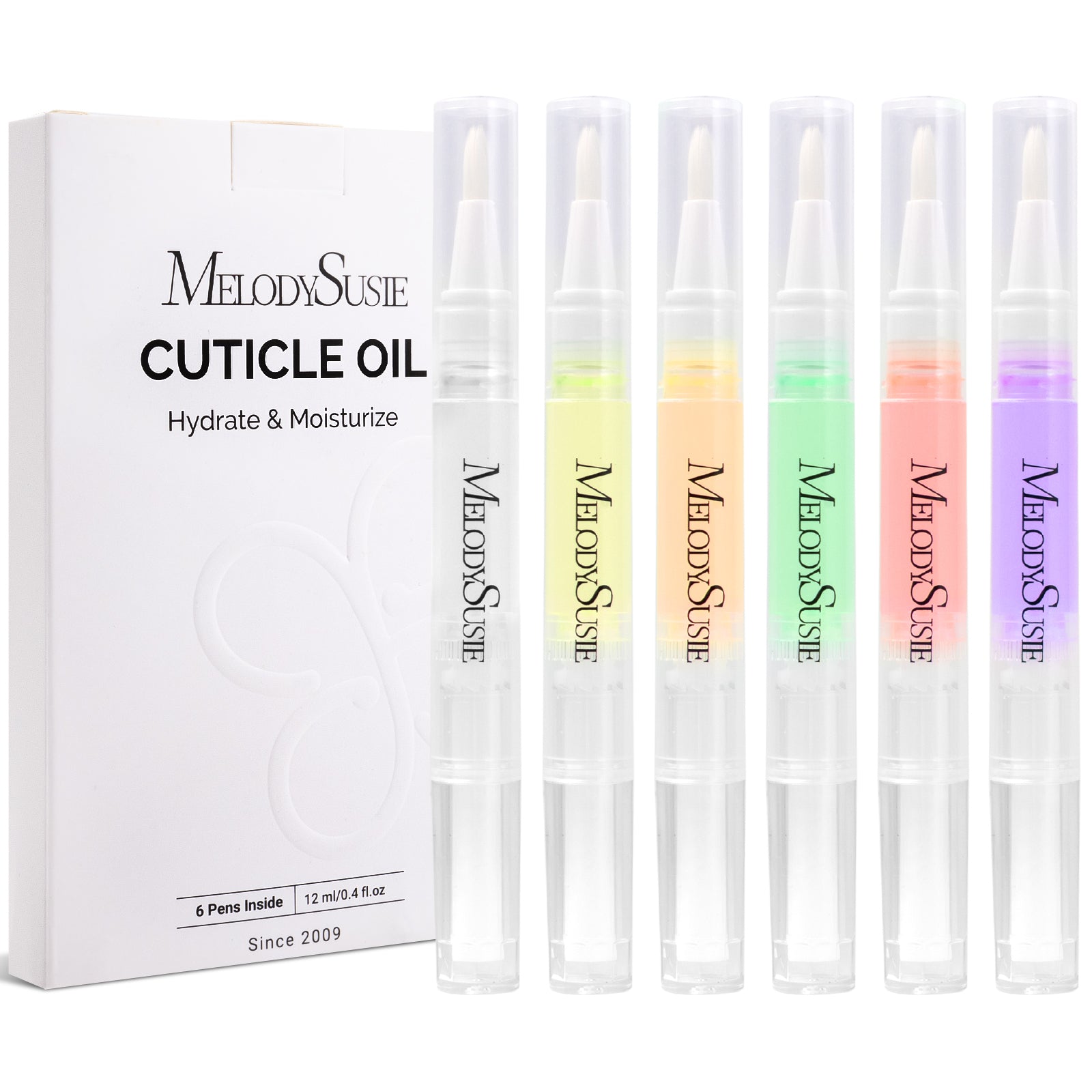
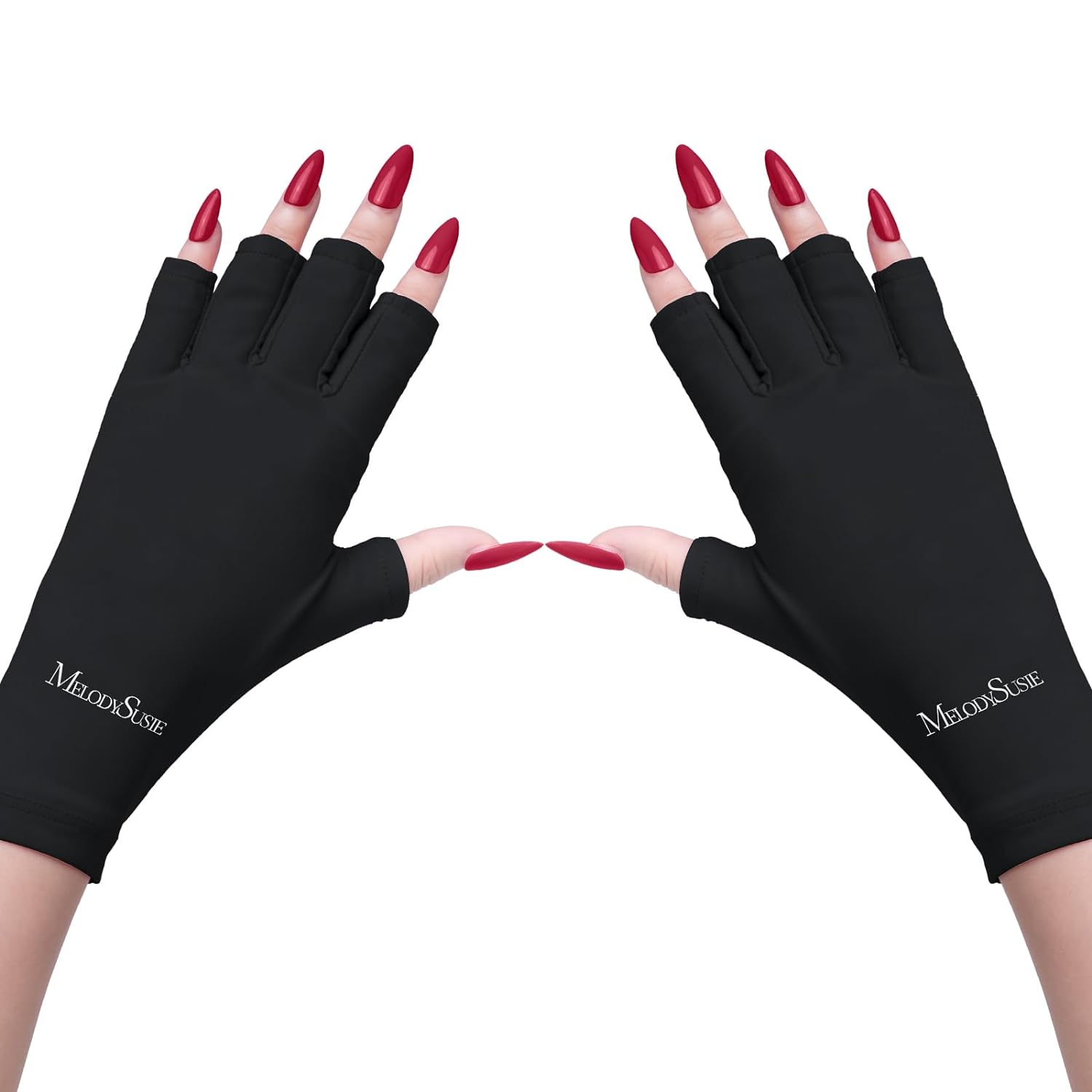
IG@nailsby_karen
IG@katiesnails
TT@mvrianaaf
TT@kenzi.ecreates
Yes, we ship all over the world. Shipping costs will apply, and will be added at checkout. We run discounts and promotions all year, so stay tuned for exclusive deals.
Premature lifting or peeling is often caused by improper nail preparation. Before applying gel polish, make sure your nails are completely dry. Don’t apply right after taking a shower, washing dishes, swimming, etc. Lightly buff your nails to rough up the surface and then wash them really well with an alcohol-based cleanser to remove any oils. Don’t apply lotion or oil to nails prior to applying gel polish. You can use them after your manicure is complete.
Other possible causes are excessive exposure to water and/or steam like from washing your hands a lot or wearing rubber gloves. If your nails are already brittle, weak or damaged, gel polish may not adhere well. Gel polish adheres best to healthy nails. If your natural nails are peeling, the polish will also peel right along with it.
The brand of the base coat could also be the culprit. Do some experimentation to find the brand that works best for you since they don’t all wear the same on everyone.
If your natural nails are thin, flexible and easily bent, the polish is very likely to crack. You could try applying acrylic nail enhancements to strengthen your nails and prevent them bending.
First, ensure that the bottle of polish is well shaken/mixed. Sometimes the ingredients can separate and cause shrinking. Another cause of shrinkage can be the improper preparation of your natural nail plate. Clean your nails thoroughly with a 91% or higher alcohol solution prior to application to remove any oils or residue.
Apply the gel polish onto only one or two nails and cure them for just a few seconds to give them a partial cure (also known as flash curing). It will make sure the polish stays in place while you apply polish to the rest of your nails. Once you have all of the nails polished and flash cured, you can cure them all for the full length of time.
Some of the highly pigmented gel polishes are thicker and will wrinkle when curing them. With these polishes, it’s important to apply very thin coats. You can also try warming the polish by placing the bottle in warm water before using it. Lastly, there are gel polish thinners which can make the consistency a little thinner and easier to apply.
Keep them dry! - Thoroughly dry your nails before applying any gel polish or base coat… do NOT use water.
Cuticle Care - The cuticle is the dead skin that attaches to the nail plate at the base of the nail and it needs to be carefully pushed back and removed from the nail so that your gel polish can adhere properly.
Buffing - After caring for the cuticles, buff the nail plate with a fine grit buffer. Be sure to buff the entire nail plate from edge to edge!
Cleansing & Priming - After buffing you will need to remove all of the
Make sure the gel polish you are using is compatible with the type of nail lamp you have (i.e. fan, UV nail lamp or LED nail lamp).Please note that the LED nail polishes cannot be cured by UV nail lamp.
Darker colors need longer curing times. Make sure to apply the gel polish as thin as possible.
Use an alcohol cotton pad to wipe the nails if they are still tacky/sticky after your final coat has cured.
Prep your nails by filing, lightly buffing, washing and dehydrating.
Apply a thin layer of base coat and cure it.
Apply 2-3 color coats of preferred gel polish color, curing between each coat.
Apply a thin layer of top coat and cure it.
Wipe the tops of your nails with nail cleanser or sterile alcohol wipes to remove any tackiness.
Protect the skin around your nails with petroleum jelly.
Soak some cotton balls in acetone and wrap them onto your fingers using aluminum foil.
Remove the foil and cotton balls.
Gently remove the softened polish. If the polish doesn’t easily come off, don’t scrape too hard and risk damaging your nails! Soak for a few more minutes until the gels are totally dissolved and try again.
Condition your nails.
Trim your nails.
File down the surface of the gel nail polish.
Look for signs that you are close to the natural nail.
File the remaining gel with a finer-grit file.
Condition your nails.
Wait until the nails are mostly chipped away.
Insert a cuticle stick under the surface of a gel. Work it gently under the gel until the gel is slightly raised around the edge.
Peel off the gel.
Condition your nails.
Buff the shine or top coat off.
Soak in acetone for 15-20 minutes.
Use a cuticle pusher to scrape the gel polish off the nail.
Lightly buff any remaining gel polish off the nail, careful not to file too much or you will weaken your nail beds.
*Email address format is not correct!
*The email address is required!
*The option must be selected!